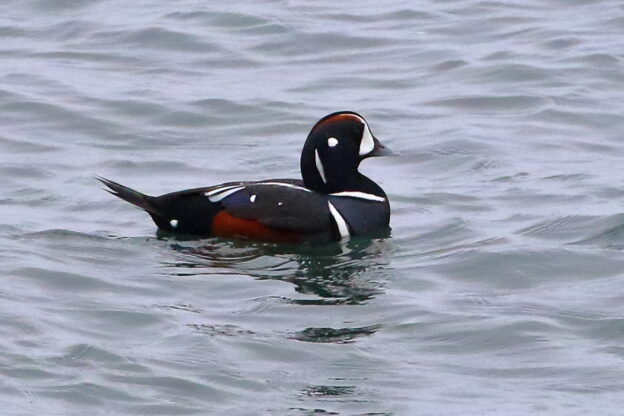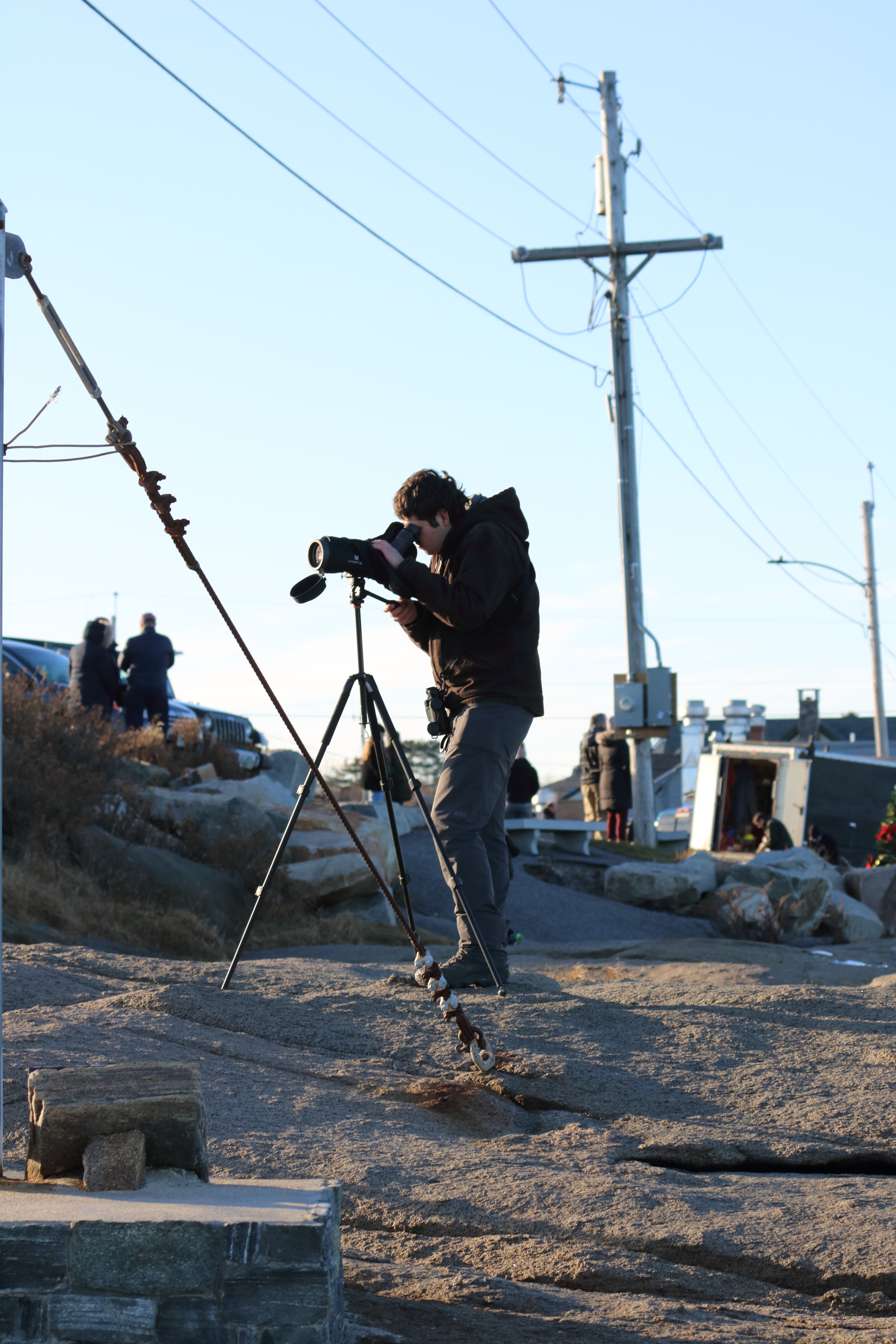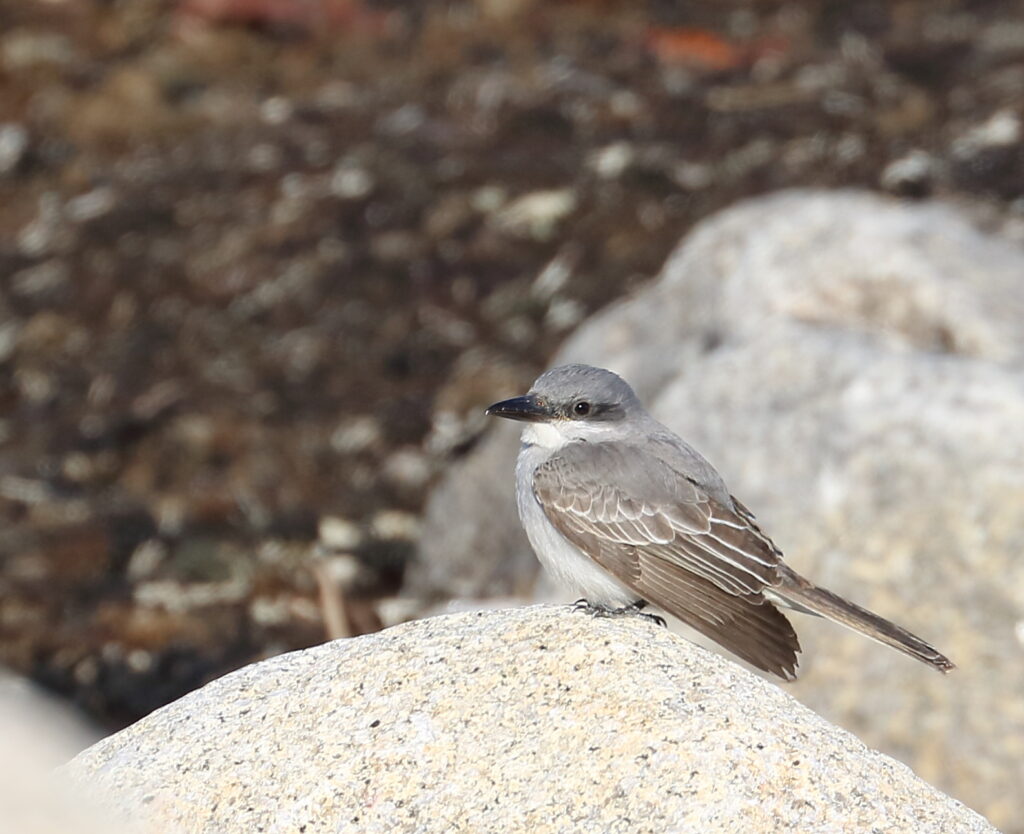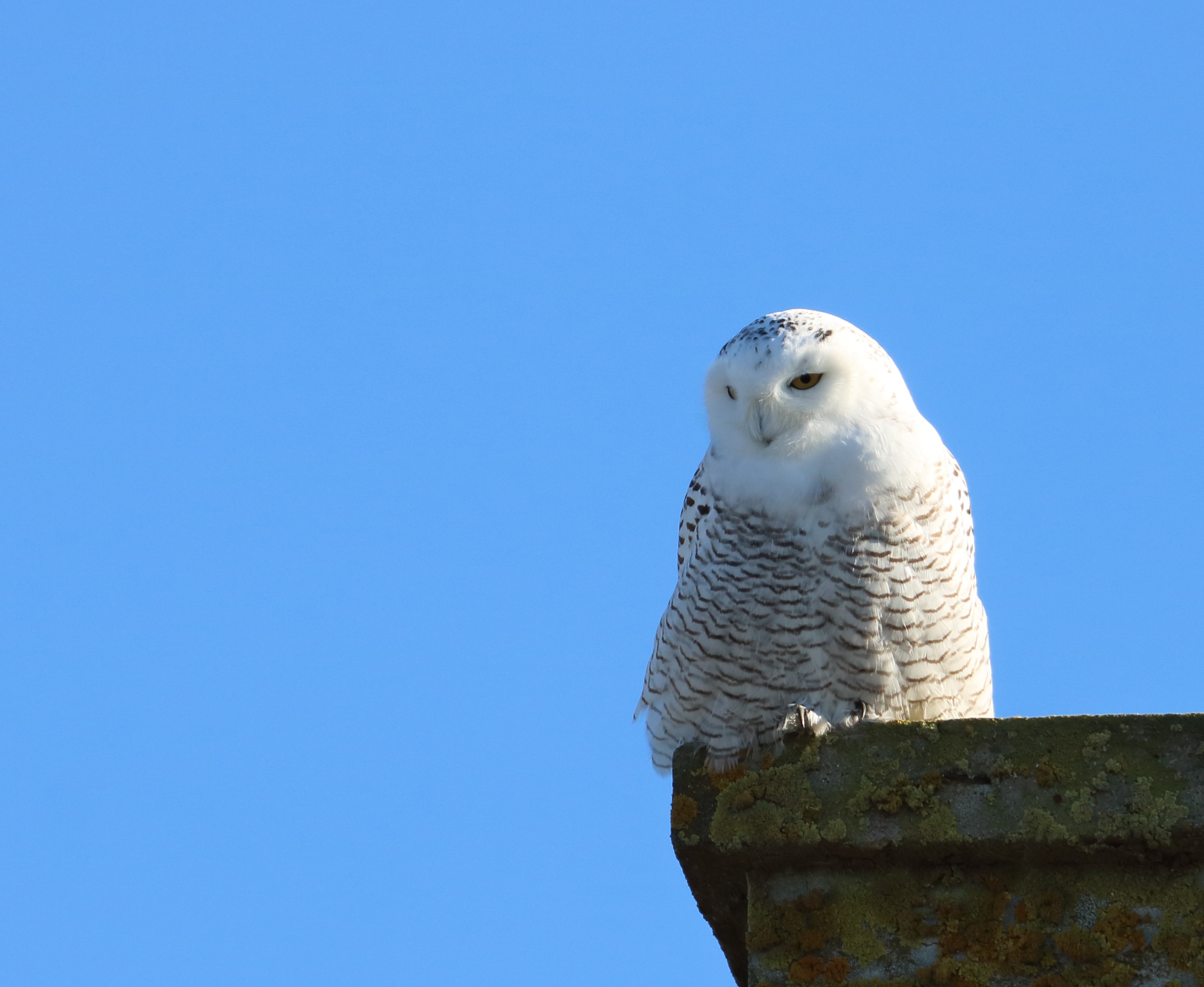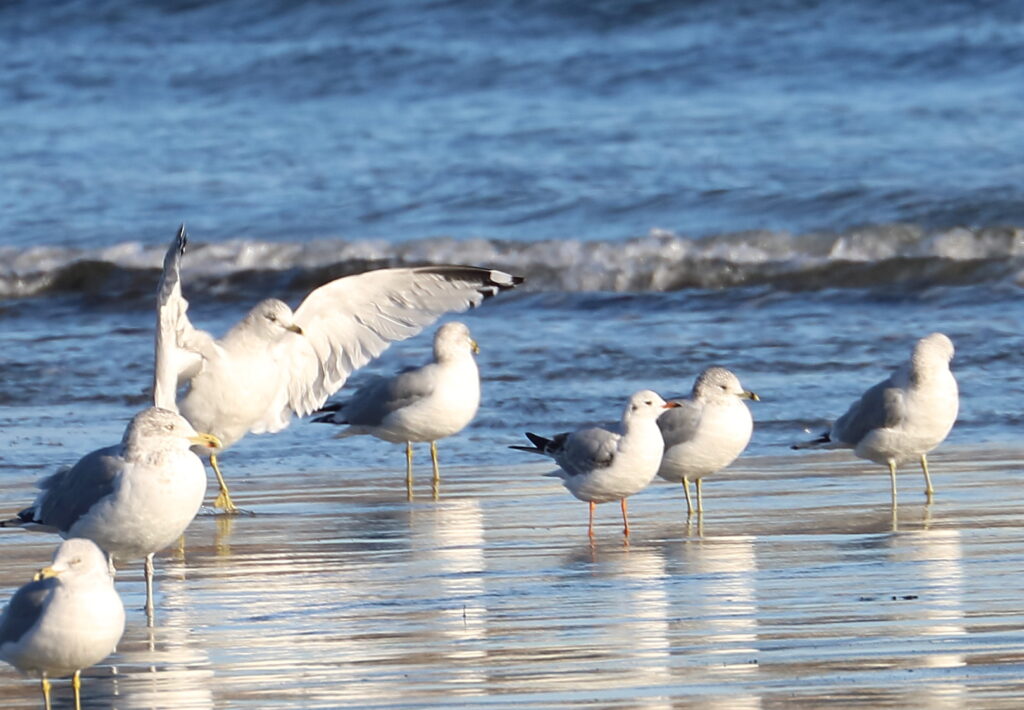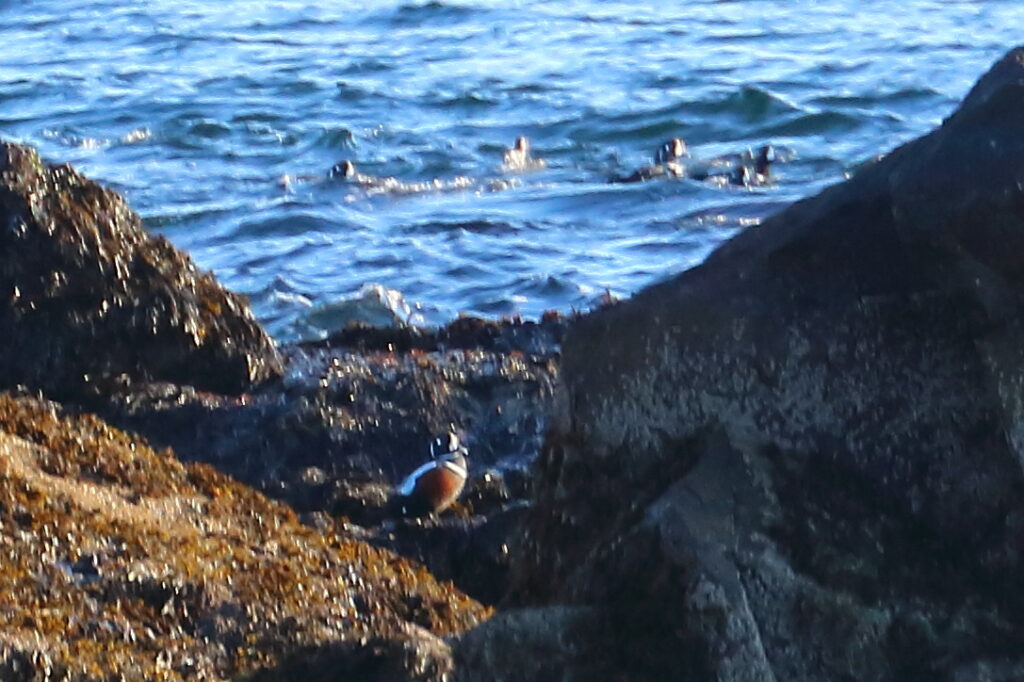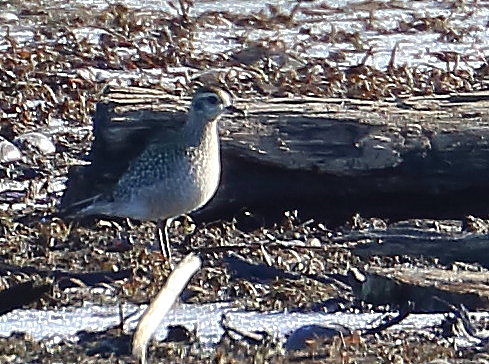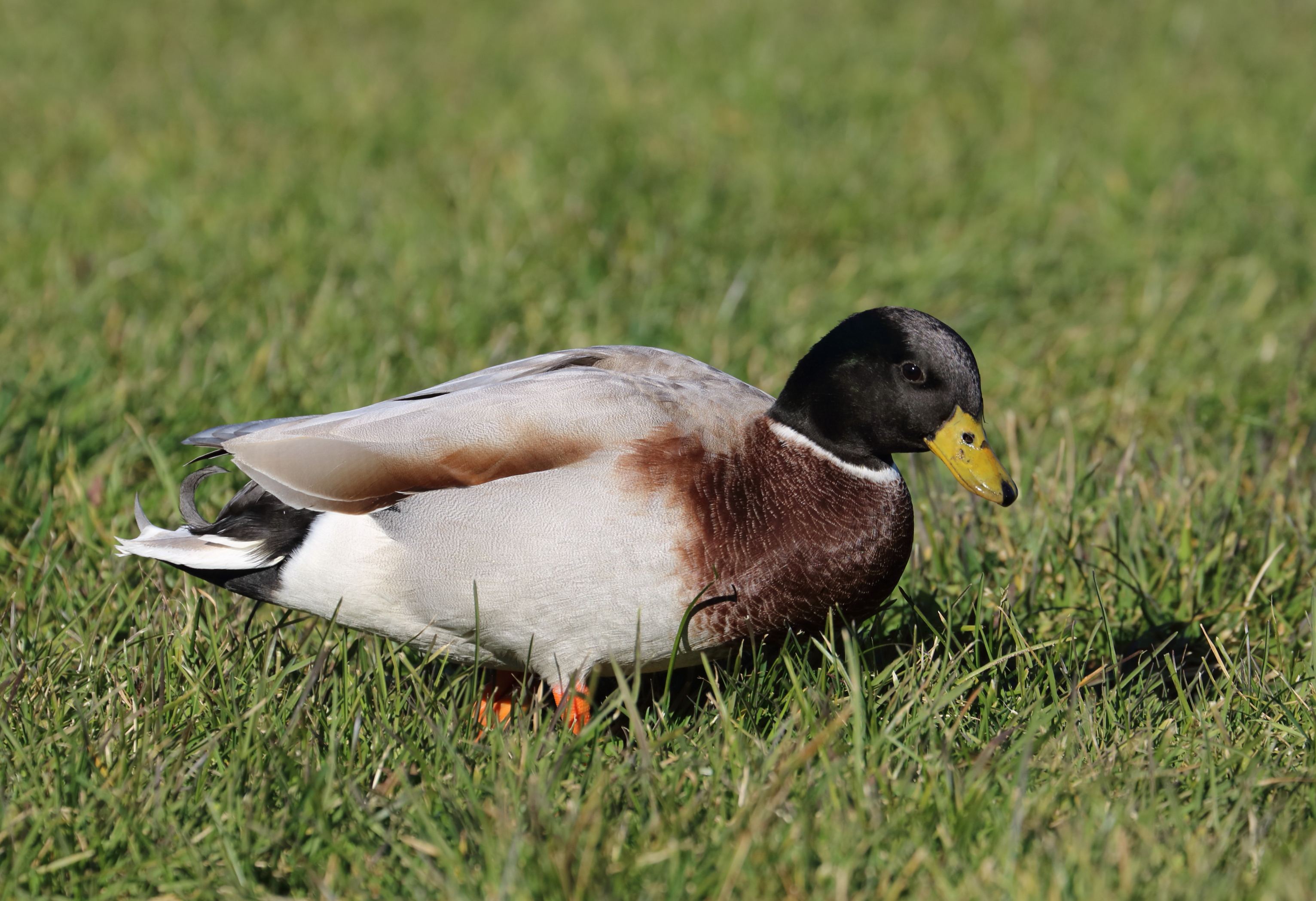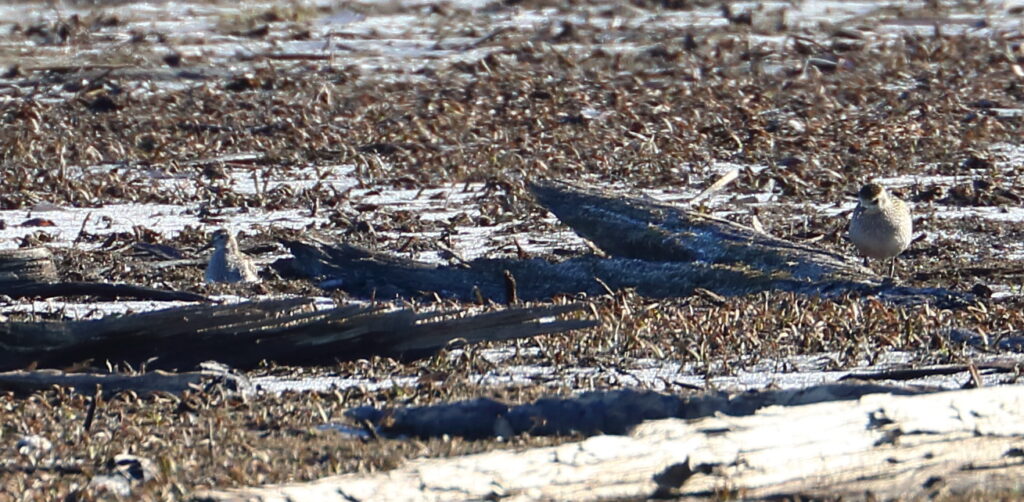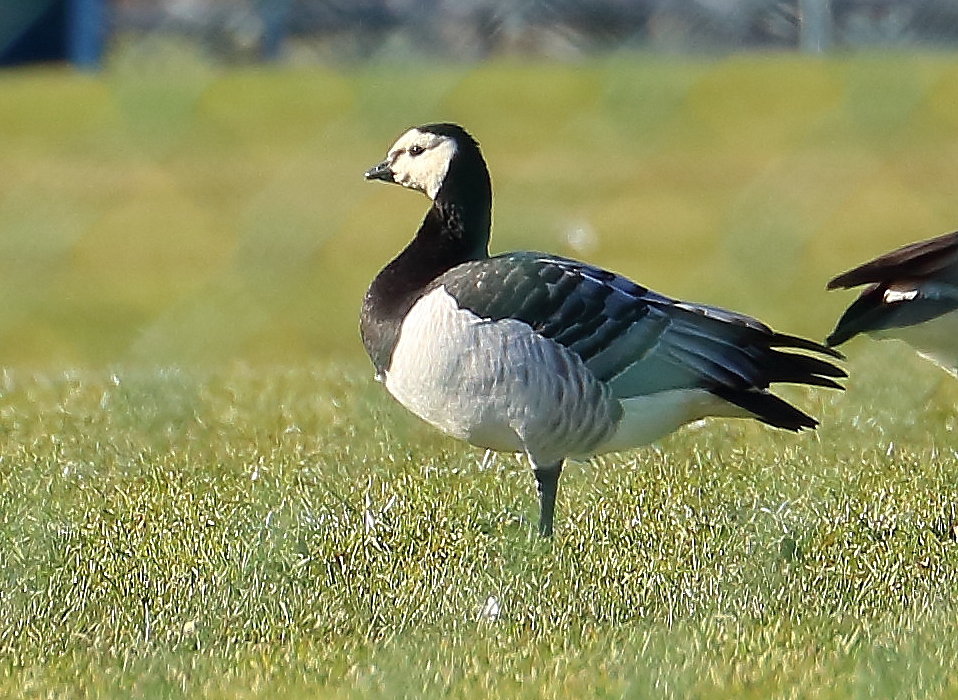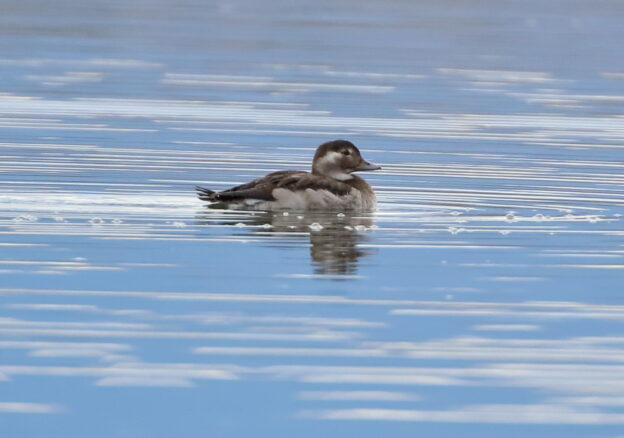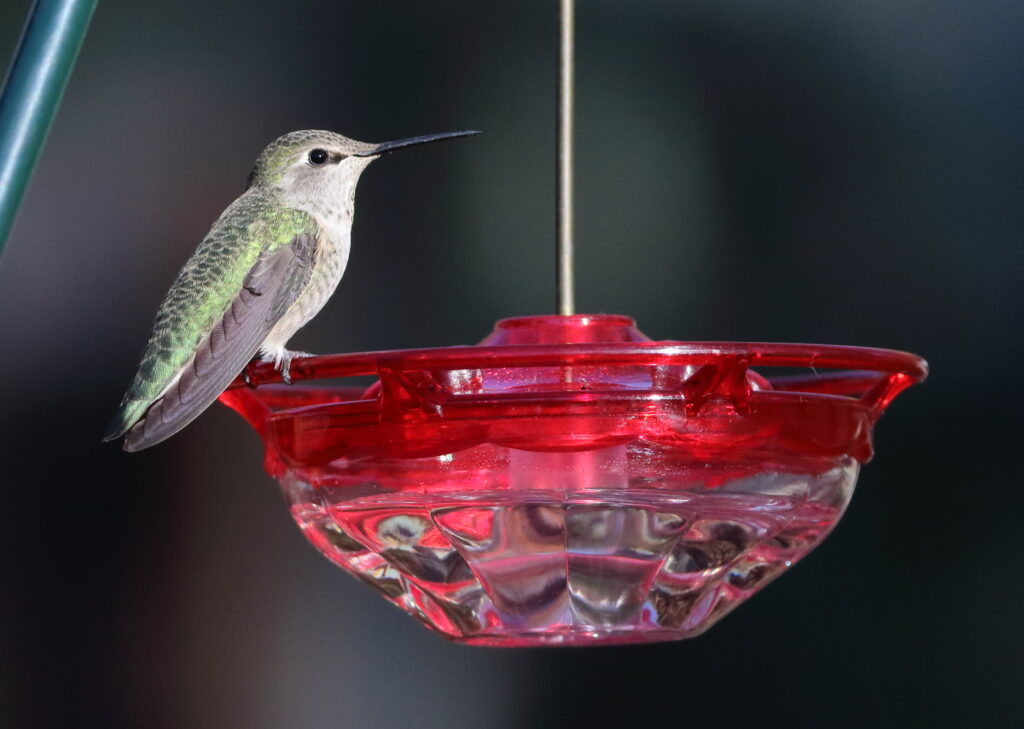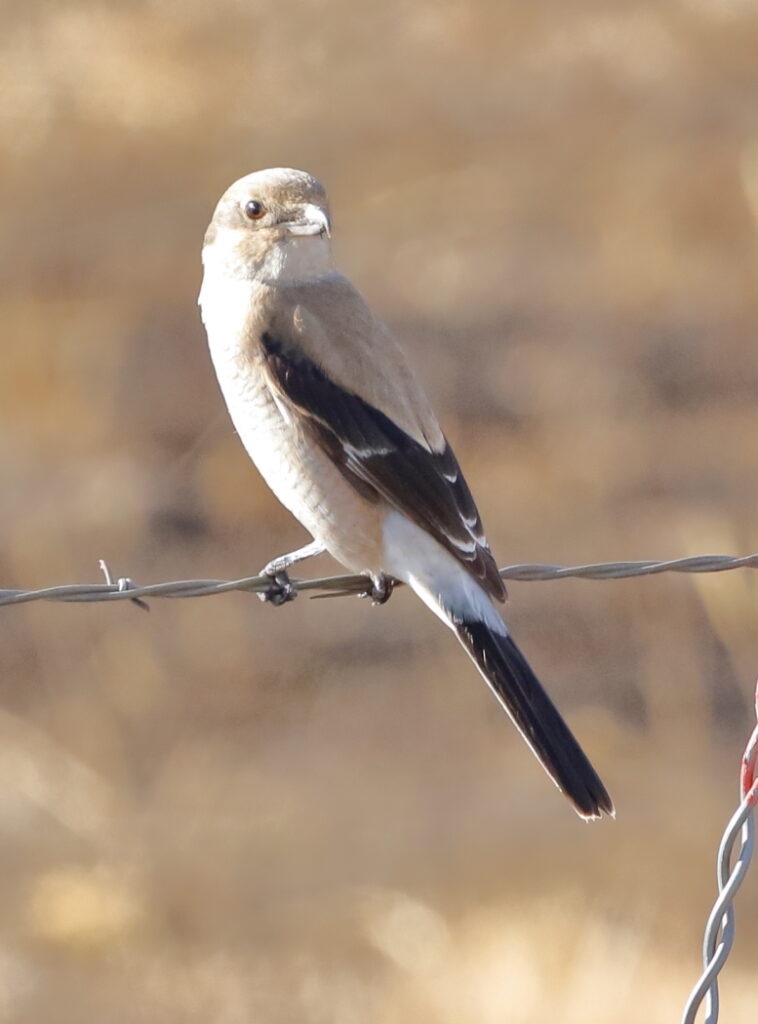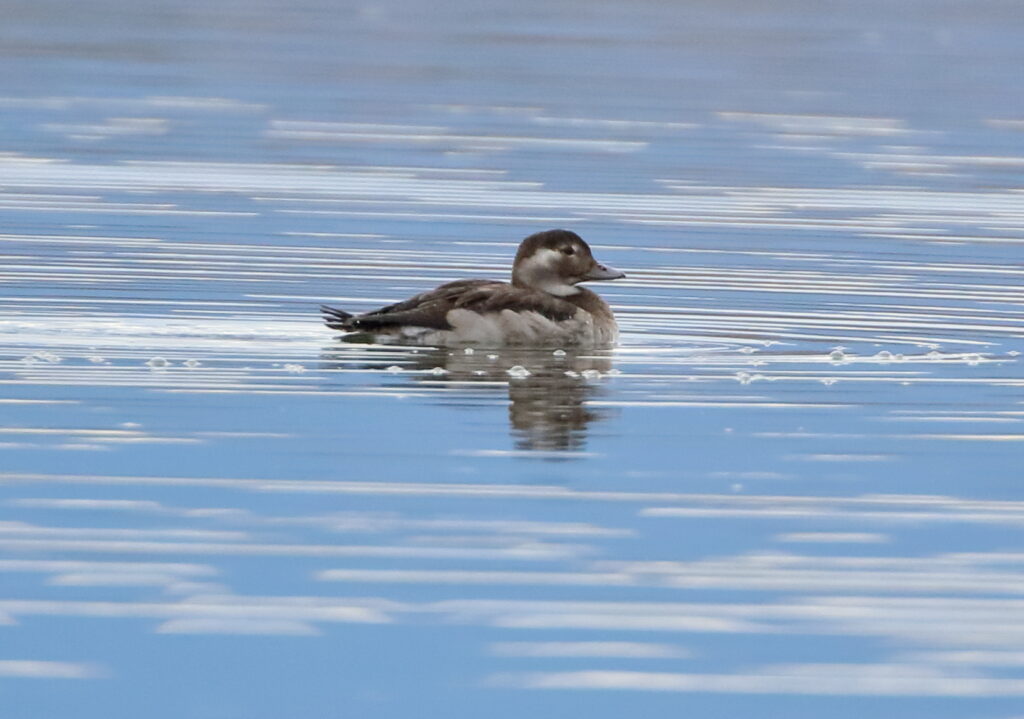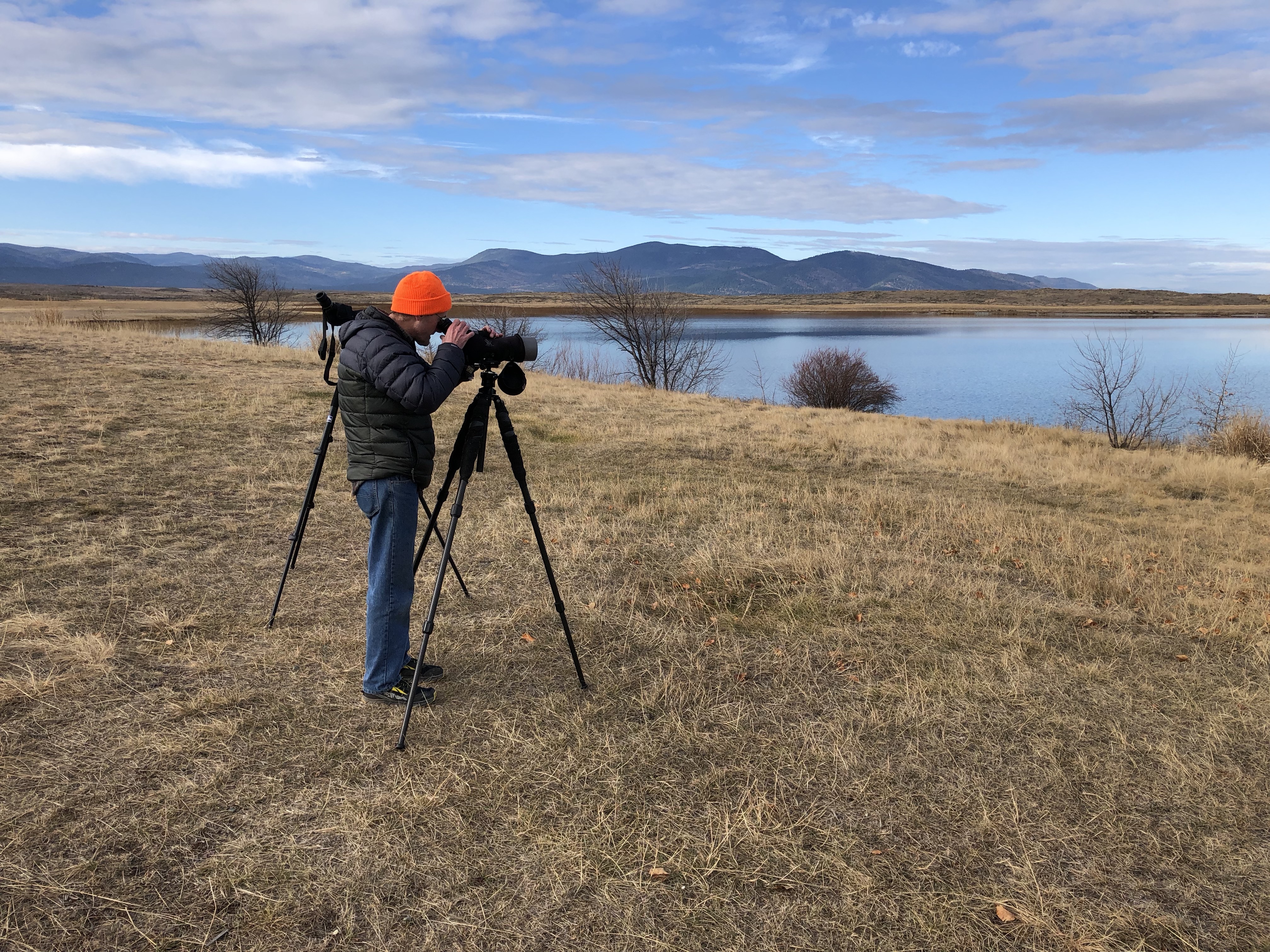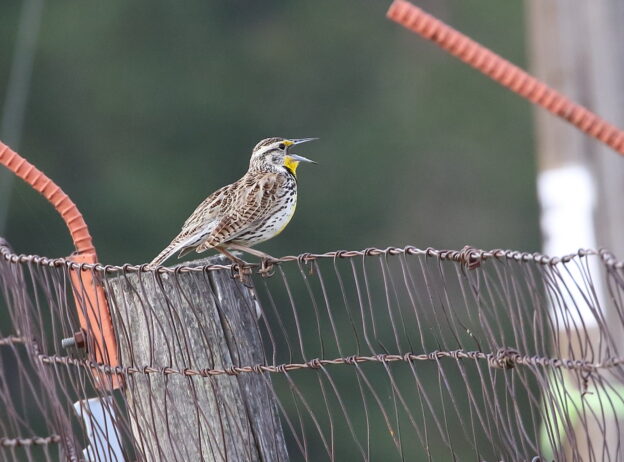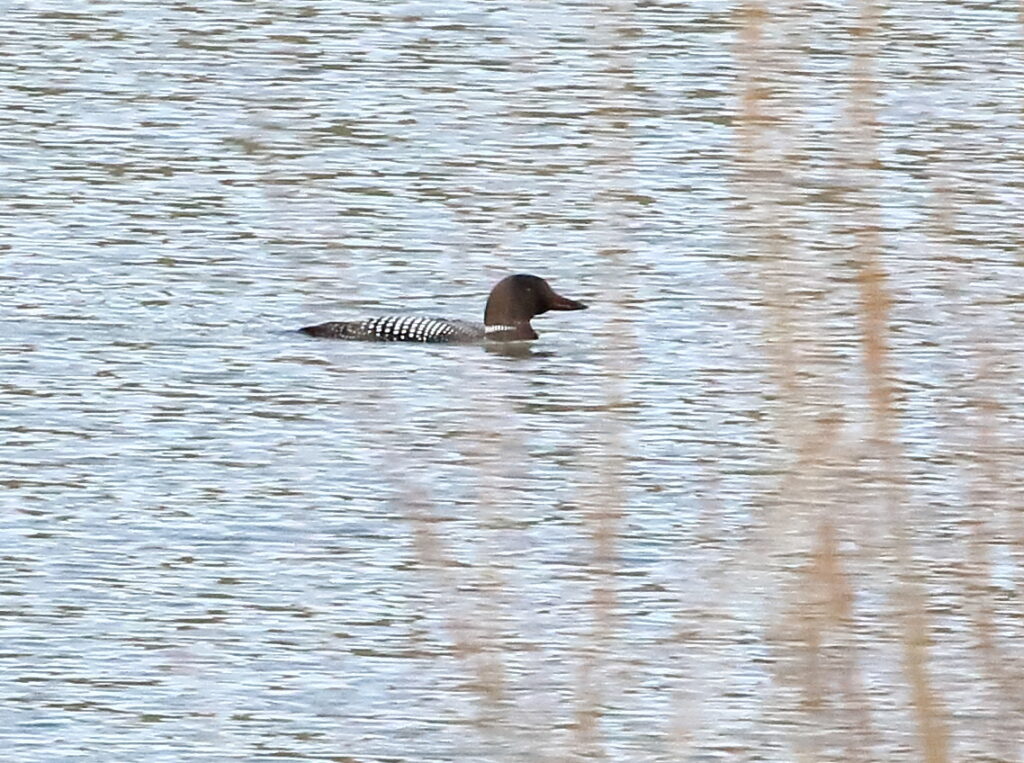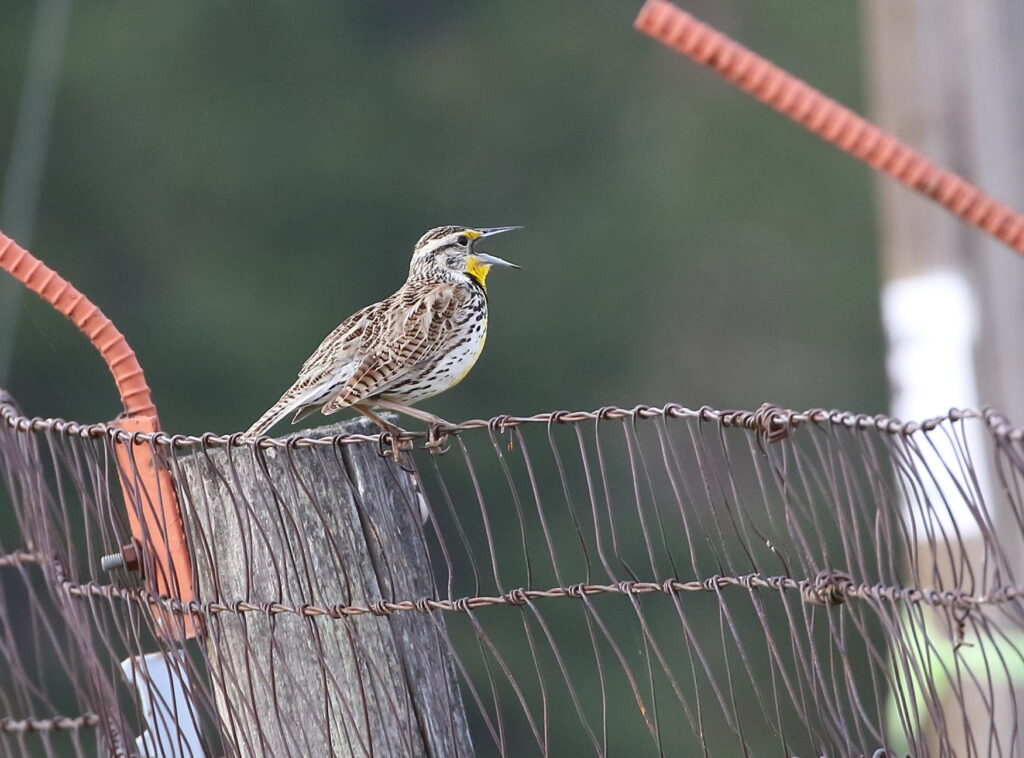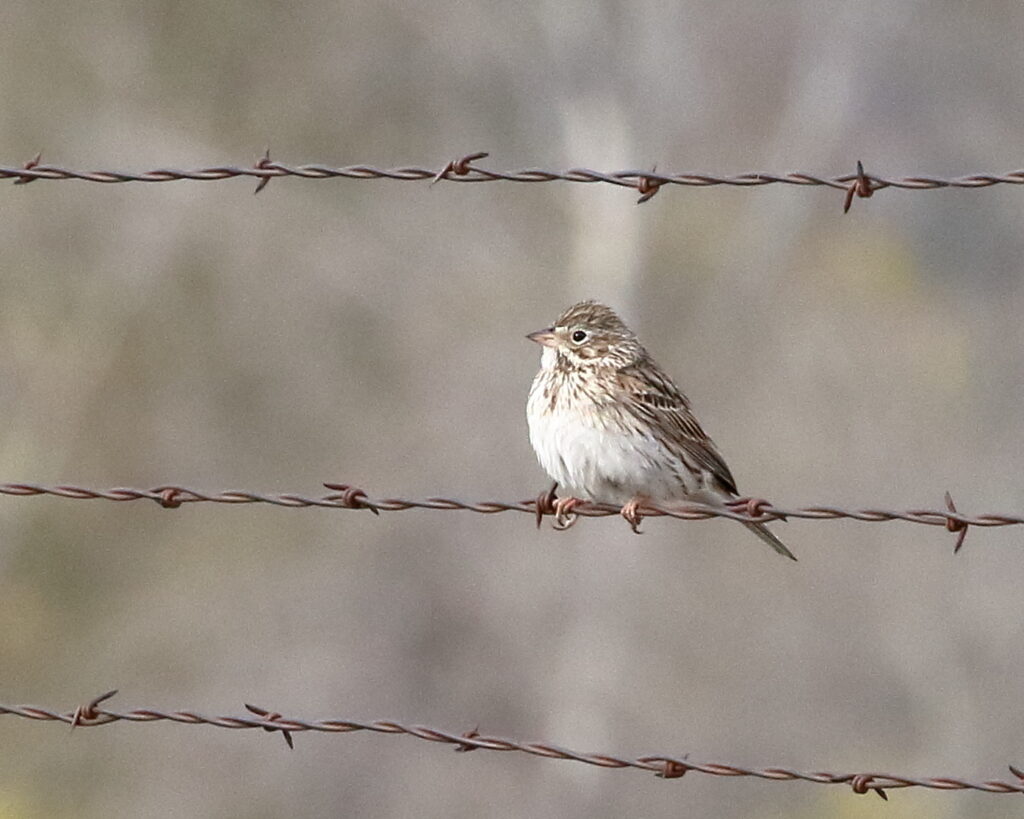Request: with the year’s end at hand, please support the groups that depend on your help to protect our precious avian wildlife. If you need ideas, here are the groups we have given to so far this year: Houston Audubon, Cornell Lab of Ornithology, Montana Audubon, Five Valleys Audubon (our local group), National Audubon, BirdLife International (Braden’s favorite group), the American Birding Association, the Union of Concerned Scientists, the Center for Biological Diversity, Conservation International, the Montana Natural History Center and the Rainforest Alliance. Please share this list, and let us know if you have questions about any of them. If you want to donate to several of them at once, you can simplify the process by giving via Charity Navigator. You can also learn more about the groups there.
Dear Gentle Birders, Braden and I would like to wish you a Very Birdy 2022, with hopes that in the coming year you enjoy birding and helping birds more than ever. To wrap up the year, we have some very (choose one) a) exciting b) surprising c) alarming birding tales to share with you. Many of you read our post My Accidental Big Year, which highlighted how, quite by accident, I (Sneed) was closing in on my all-time Big Year record of 336 species. Thanks to unanticipated trips to New England, Texas, Washington—even Utah—I found myself creeping tantalizingly close to breaking the record thanks, in great part, to many of you helping me track down birds that I needed! Alas, with six species to go, my momentum ground to a halt in Montana as I unsuccessfully searched for Surf Scoter, Rusty Blackbird, and other rarities that might nudge me closer. Fortunately, I had one more “accidental” ace up my sleeve: our family Christmas trip to Oregon.
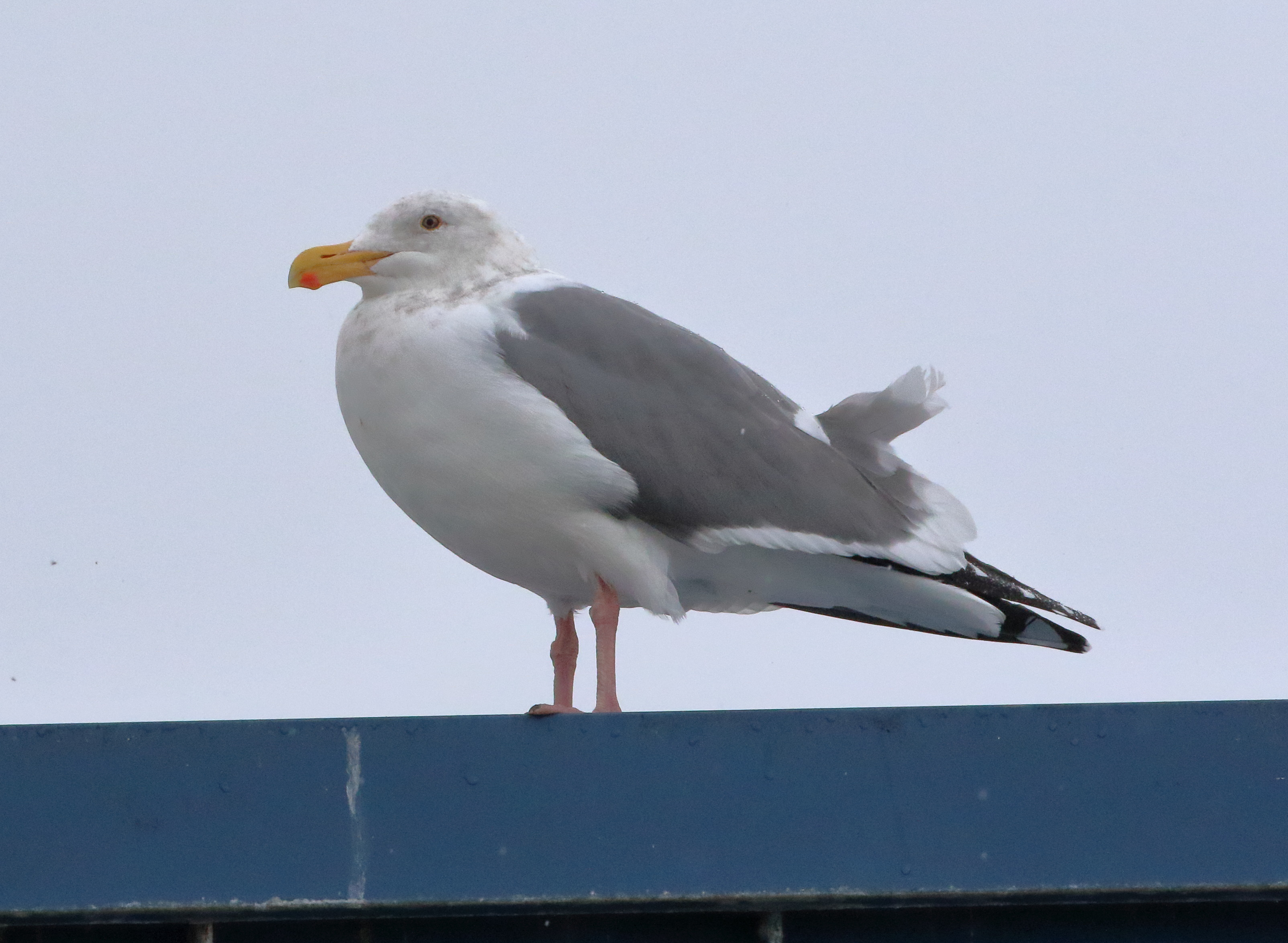
After wrapping up his semester at UMaine, Braden flew home to Missoula early on December 16th, and the next day—thanks to Andy Boyce—we got him his 300th Montana Lifer: Anna’s Hummingbird! I mean, WOW! A couple days later, we headed West on I-90, encountering harrowing conditions that included snow, ice, rain, and a jack-knifed truck on the ascent to Idaho. Even worse, it looked like we would be hitting solid rain and snow in Oregon—potentially kyboshing my aspirations not only to reach 337 species, but push beyond it to 350, something I optimistically thought might be possible if I hit every Oregon target in the vicinity. We arrived at Cannon Beach at about noon on Monday and, since it was raining, and too early to check into our AirBnB, decided to stop at Mo’s for clam chowdah and then tool on down to Tillamook to gorge on cheese curds.
As we pulled into the Mo’s parking lot, Braden pointed to the roof and said, “Well, there’s the first of your six birds!” I laughed, spotting a Western Gull sitting in the rain. Half hour later, as we masticated mediocre chowdah, a Surf Scoter flew by the window. 2 down. 4 to go! Still, as we continued driving down the coast, I wondered if we’d see any other Year Birds in this weather. At Nehalem Bay, however, we pulled over to scout a flotilla of 50 Surf Scoters, and spotted a Red-breasted Merganser for Year Bird number 334. Then, before Tillamook, Braden instructed me to pull over at a place called Barview Jetty where we might find a number of birds high on my needs list. I should have known we were in for a treat when even before the car stopped, Braden exclaimed, “There’s a pair of Harlequin Ducks!” I eagerly jumped out to see my favorite ducks, ducks I had missed in Montana this past summer.
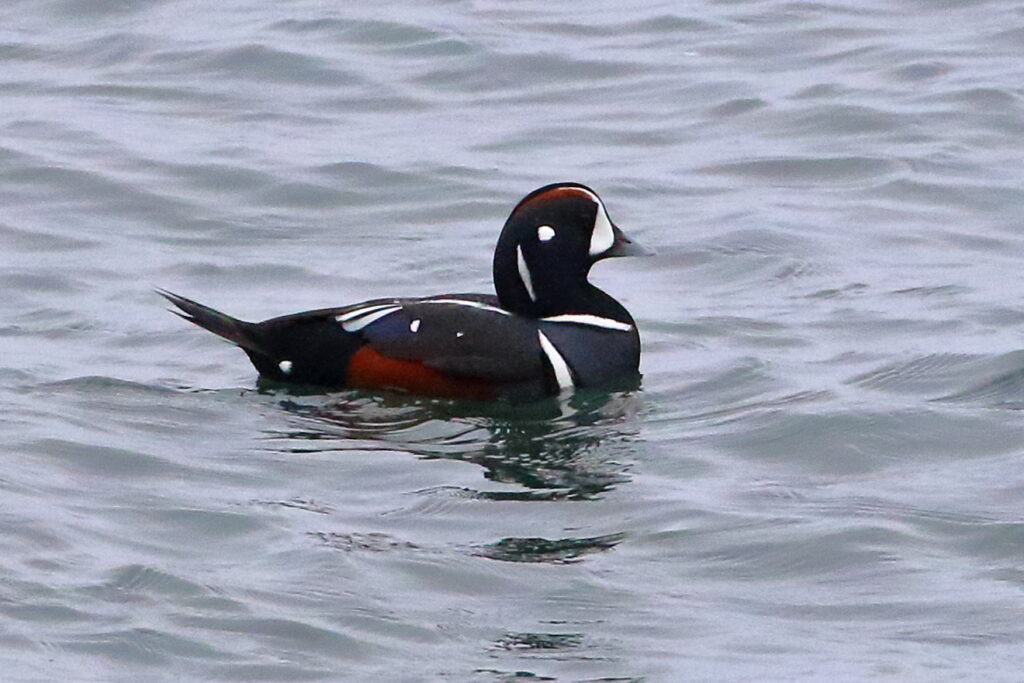
Within moments, though, other birds sent my head spinning. Five Black Oystercatchers were sitting out on the jetty. Then, through our new Vortex scope, we ID’ed my RECORD BREAKER: Brandt’s Cormorant! The thing? I hardly had time to appreciate it because, driving to another part of the jetty, we saw even MORE great birds. In the parking lot, we got Glaucous-winged Gull, and only a few yards from the car, Black Turnstones. Walking out onto the jetty, we saw Pelagic Cormorants, Dunlins and more turnstones—only to realize that they were another of our favorite birds, Surfbirds!
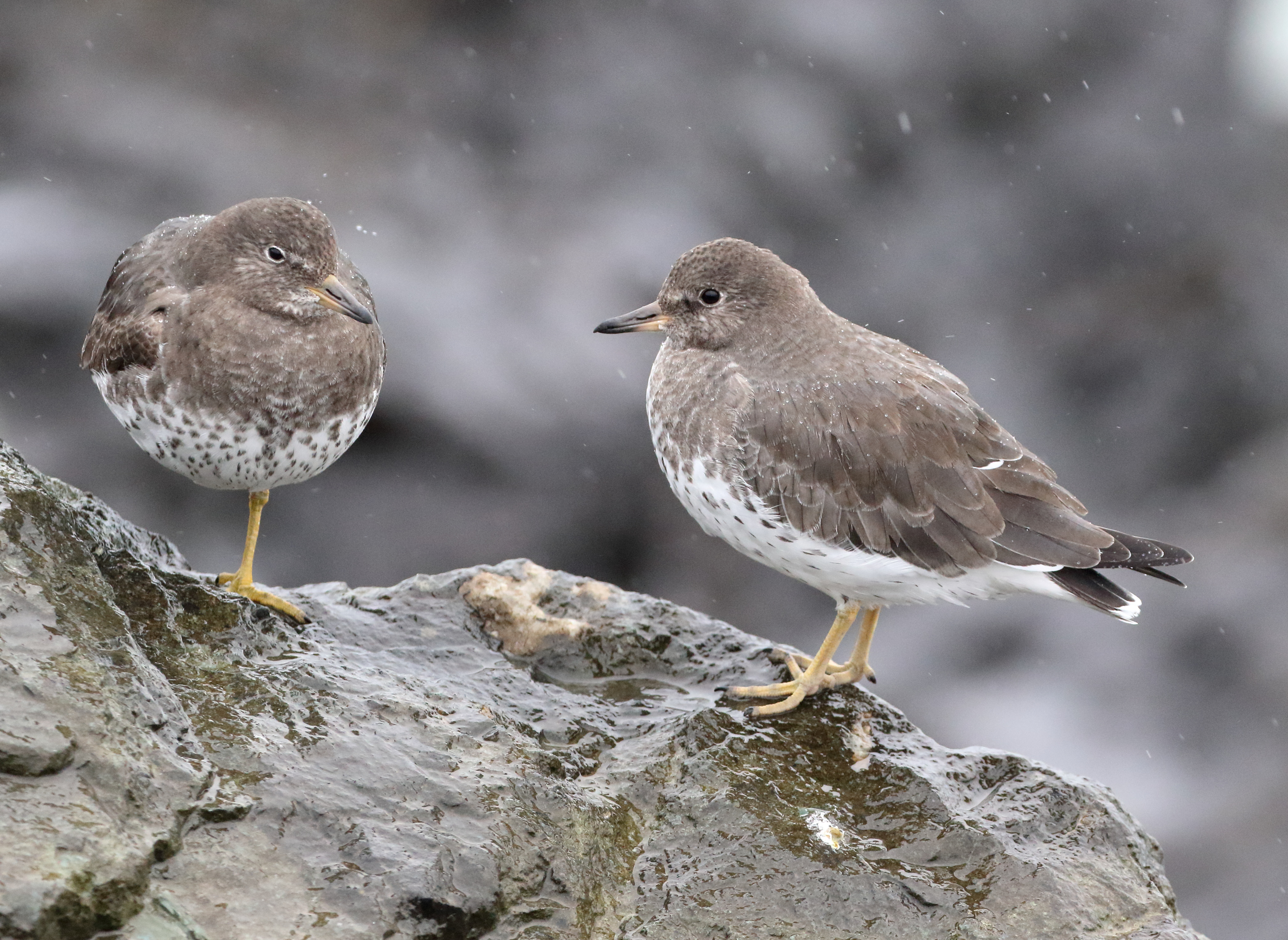
As if that wasn’t enough, as we were walking back to the car, a group of gulls lifted off nearby and Braden studied them for possible Glaucous-winged Gulls. As he did so, I saw a bird that looked a lot like a winter Bonaparte’s Gull. “Oh, there! There! There!” I shouted, not sure what I was seeing. Braden, quickly spotted the bird and said, “Oh my god! That’s a Black Kittiwake!” Neither of us could believe it. It was a bird I never even imagined I’d see on this trip, and it pushed my Accidental Big Year total to a shocking 343 birds, smashing my previous record.
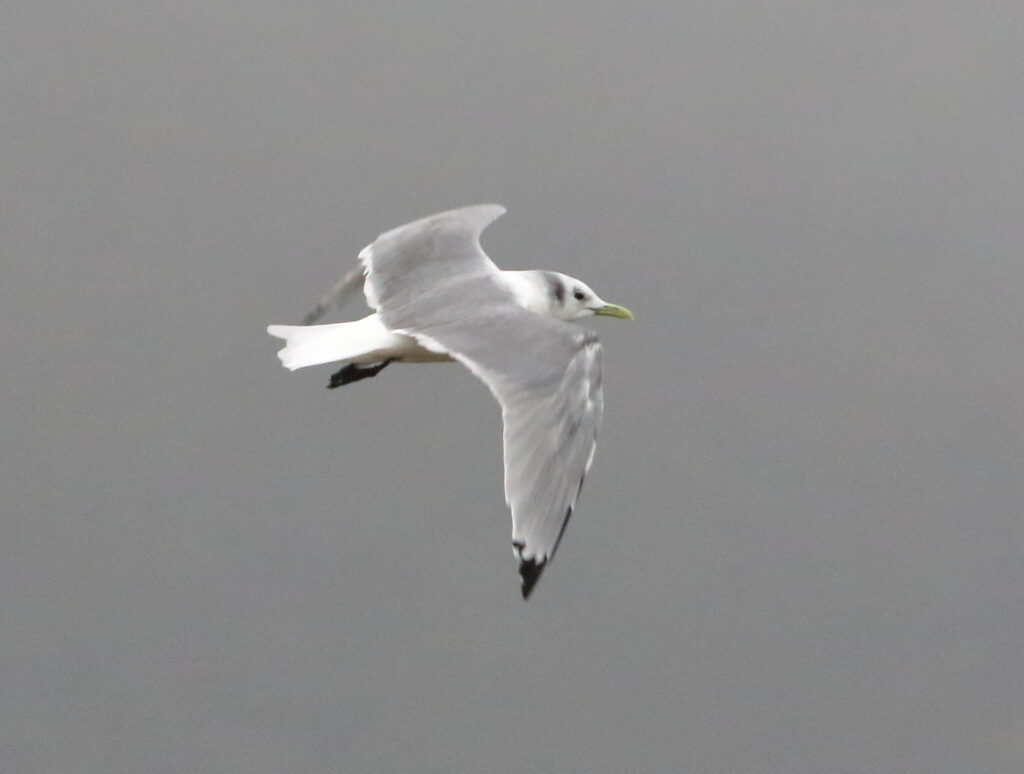
Would I tick off even more birds? Could I tempt that almost magical total of 350? Was it possible Braden would break his own Big Year record??? I’d tell you, but I am craving a chocolate chip cookie. Come back next time to find out!
Our Barview Jetty eBird list: https://ebird.org/checklist/S99200064

